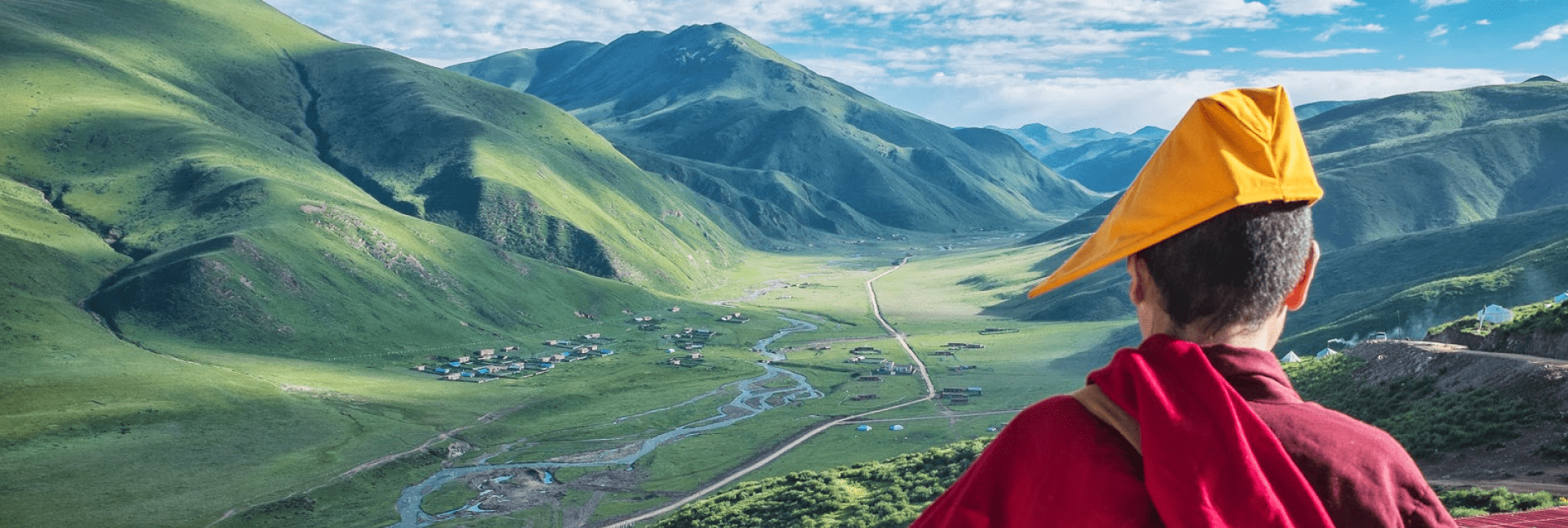“Driru is an area which historically has never been particularly amenable to control by a state”
– Robbie Barnett, head of Modern Tibetan Studies at Columbia University
Driru is one of the eastern counties in Nagchu Prefecture and has become one of the focal points of Tibetan resistance to the Chinese occupation. Historically it was a self-managed area for hundreds of years, not even identifying with Lhasa. In 2010 it became a centre for protests due to environmental exploitation by Chinese companies.
In September 2013, following an anti-mining protest, a patriotic re-education campaign led to protests by local Tibetans and a severe crackdown, in which security forces arrested community leaders and fired on and severely injured protesters. The crackdown spread to religious institutions with the main monastery in the County, Drongna Monastery, being closed down in November 2013, and Tarmoe Monastery and Rabten Monasteries the following month.

Drongna monastery doors taped off after a raid by Chinese authorities
In December 2013, Thardhod Gyaltsen, chant leader and part of the monastic management of Drongna Monastery in Driru County, was detained. The monastery was also forcibly closed down by authorities in December 2013 and in January 2014; Thardhod Gyaltsen was sentenced to 18 years in prison. According to local sources, he was convicted of separatism on the basis of being in possession of banned pictures and recordings of the Dalai Lama. He was well-known for his promotion of Tibetan culture and Buddhism, both in the monastery and amongst the locals.
Free Tibet’s research partner Tibet Watch has published a comprehensive report examining the role of monasteries in defending Tibet – and the price they have paid in repression.
You can read the full report here, as well as the executive summary here.
[Content warning: the above reports contains graphic images of injuries that some may find distressing]

